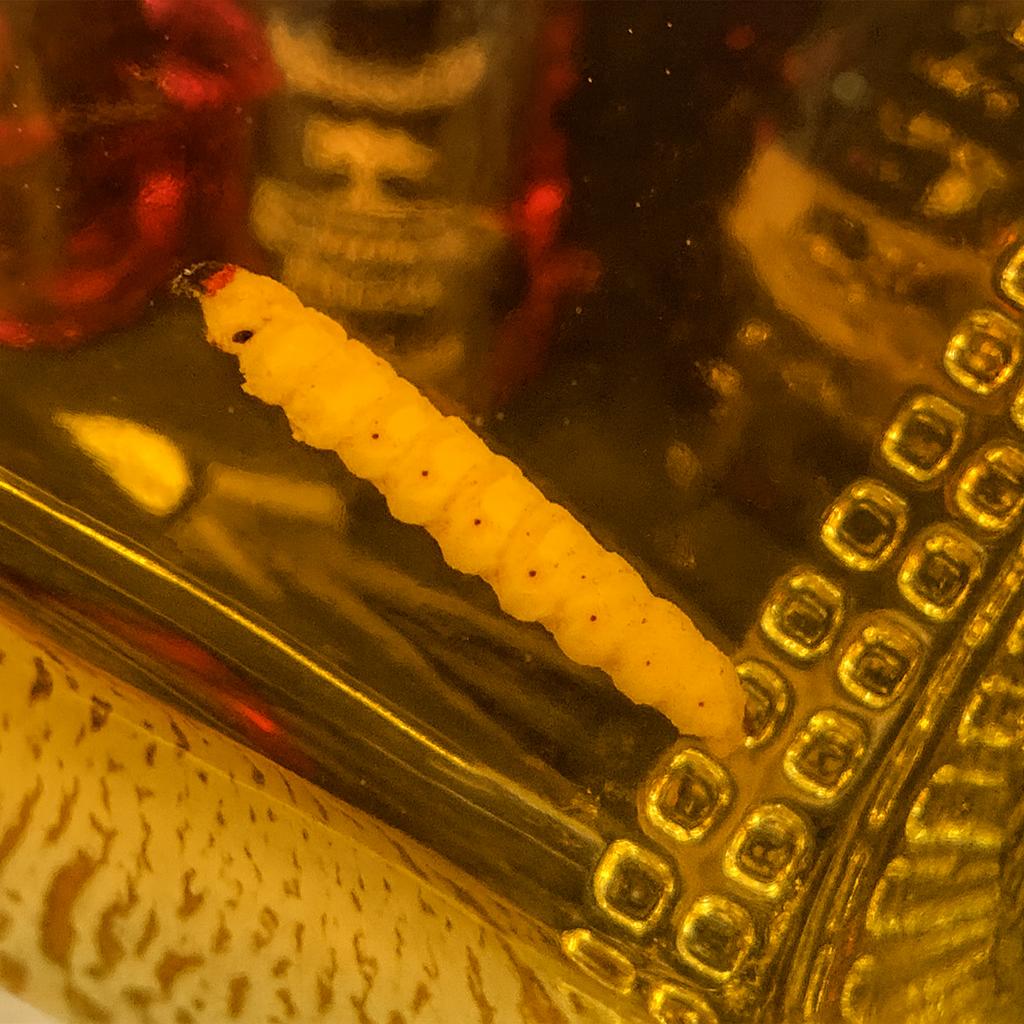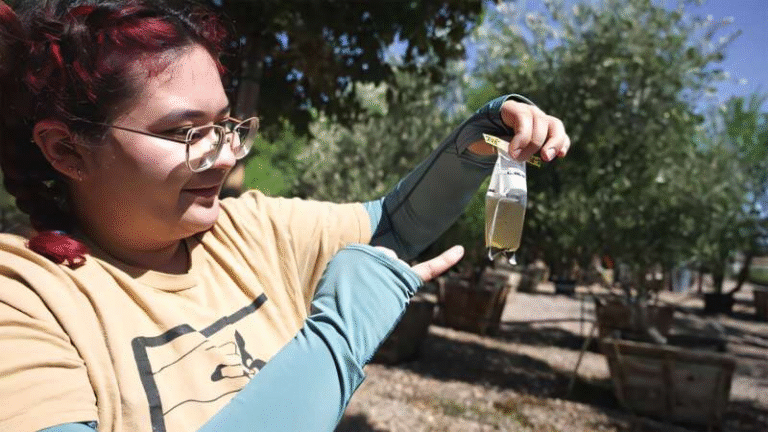The Surprising Truth Behind the Mezcal Bottle Worm

For decades, one quirky detail has fascinated anyone who’s ever picked up a bottle of mezcal: the mysterious little worm floating inside. Was it a butterfly larva?
A moth?
Maybe even a weevil?
Stories and guesses have swirled around bars and dinner tables for years. Now, thanks to DNA testing, we finally have a clear answer—and it’s not what most people expected.
Clearing Up the Worm Mystery
A team of researchers recently analyzed worms from 21 different brands of mezcal, collecting bottles between 2018 and 2022. To the naked eye, the larvae all looked pretty similar—tiny caterpillar-like bodies with little head capsules and stubby legs. Some were pale, others tinged with a reddish pink, but overall, nothing that would easily reveal their species.
So the scientists turned to DNA sequencing. Out of 21 samples, 18 provided usable genetic material. What they discovered put an end to decades of speculation: every single worm came from one species only, the moth Comadia redtenbacheri.
A Delicacy with Deep Roots
This moth larva isn’t just a mezcal garnish—it’s an important part of Mexican culinary tradition. Locally known as “gusano de maguey,” these larvae have been eaten for generations, not just dropped into bottles. They show up in salts, seasonings, and even powders, often paired with chili and citrus.

Beyond flavor, many people in Mexico believe the larvae bring health benefits and even hold aphrodisiac powers. Whether or not science backs those claims, the cultural value is undeniable.
Why It Matters for Mezcal
Mezcal itself is a fascinating spirit. Unlike tequila, which can only come from blue agave, mezcal can be distilled from a variety of agave plants. It’s known for its smoky flavor, earthy character, and deep ties to Mexican heritage.
Adding the worm has always been part curiosity, part tradition. But until now, nobody knew for sure what people were actually consuming. Some thought the worms came from the Tequila giant skipper butterfly, while others leaned toward moths or even beetles. Clearing up that uncertainty helps preserve and celebrate mezcal’s authenticity.
A Conservation Challenge
Of course, there’s a flip side to the story. Because mezcal’s popularity has grown worldwide, so has the demand for worms. Collecting them in the wild puts pressure on natural populations of Comadia redtenbacheri.
Researchers are already working on ways to raise these larvae in captivity, ensuring they can be enjoyed without threatening their survival in the wild. That could make a big difference for both mezcal culture and the environment.
The Bigger Picture
This discovery is more than just trivia for cocktail conversations. It connects to the broader world of entomophagy—the practice of eating insects. Mexico alone has over 60 edible insect species, and they’ve long been part of local diets. The mezcal worm is just one delicious thread in that tapestry.
So the next time you see a worm at the bottom of a mezcal bottle, you’ll know it’s not just any bug—it’s Comadia redtenbacheri, a small but mighty ambassador of Mexican tradition.
Final Sip
What started as a barroom curiosity turned into a scientific mystery—and finally, a solved puzzle. The mezcal worm is no myth, no guessing game. It’s a single moth species with a story that ties together history, science, culture, and conservation.
And maybe, just maybe, knowing the truth makes that next sip of mezcal taste a little richer.
Reference: “Mezcal worm in a bottle: DNA evidence suggests a single moth species” by Akito Y. Kawahara, Jose I. Martinez, David Plotkin, Amanda Markee, Violet Butterwort, Christian D. Couch and Emmanuel F.A. Toussaint, 8 March 2023, PeerJ.





